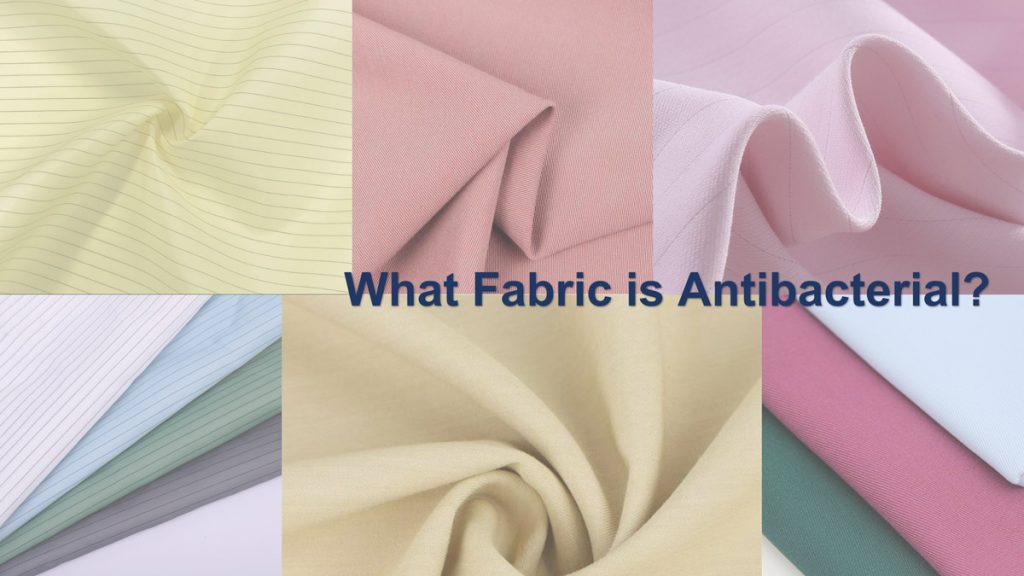Antibacterial fabrics have become increasingly popular in recent years, especially with the ongoing pandemic. They are designed to prevent the growth and spread of bacteria on surfaces, making them ideal for use in healthcare settings, athletic wear, and everyday clothing. But what exactly makes a fabric antibacterial? In this article, we will explore the different methods of antibacterial treatment, testing standards, and recommended fabrics.
Antibacterial Treatment Methods
There are several ways to treat fabrics to make them antibacterial. One common method is to apply a chemical treatment to the fabric. This can be done during the manufacturing process or as a post-treatment. Some common chemicals used for antibacterial treatment include silver, copper, and zinc. These metals have natural antimicrobial properties that can help kill bacteria on contact.
Another method of antibacterial treatment is through the use of nanotechnology. Nanoparticles can be embedded into the fabric fibers, creating a protective barrier against bacteria. This method is often used in medical textiles, as it can provide long-lasting protection against harmful pathogens.
Testing Standards for Antibacterial Fabrics
In order to determine whether a fabric is truly antibacterial, it must undergo rigorous testing. There are several testing standards that are used to evaluate the effectiveness of antibacterial fabrics, including AATCC 100, JIS L 1902, and ISO 20743. These tests measure the ability of the fabric to inhibit the growth of bacteria over a set period of time.
It is important to note that not all antibacterial fabrics are created equal. Some fabrics may only provide temporary protection, while others may offer long-lasting antibacterial properties. Additionally, the effectiveness of the fabric can be affected by factors such as washing and wear, so it is important to follow care instructions carefully.
Recommended Antibacterial Fabrics
There are several fabrics that are recommended for use in antibacterial applications. One popular choice is bamboo fabric, which has natural antibacterial properties due to the presence of bamboo kun. Another option is polyester, which can be treated with silver or copper to create an antibacterial effect. Medical textiles often use fabrics such as polypropylene and nylon, which have been shown to provide effective protection against bacteria.
In conclusion, antibacterial fabrics are an important tool in the fight against harmful pathogens. By understanding the different methods of antibacterial treatment, testing standards, and recommended fabrics, we can make informed decisions when choosing antibacterial textiles for our needs.


